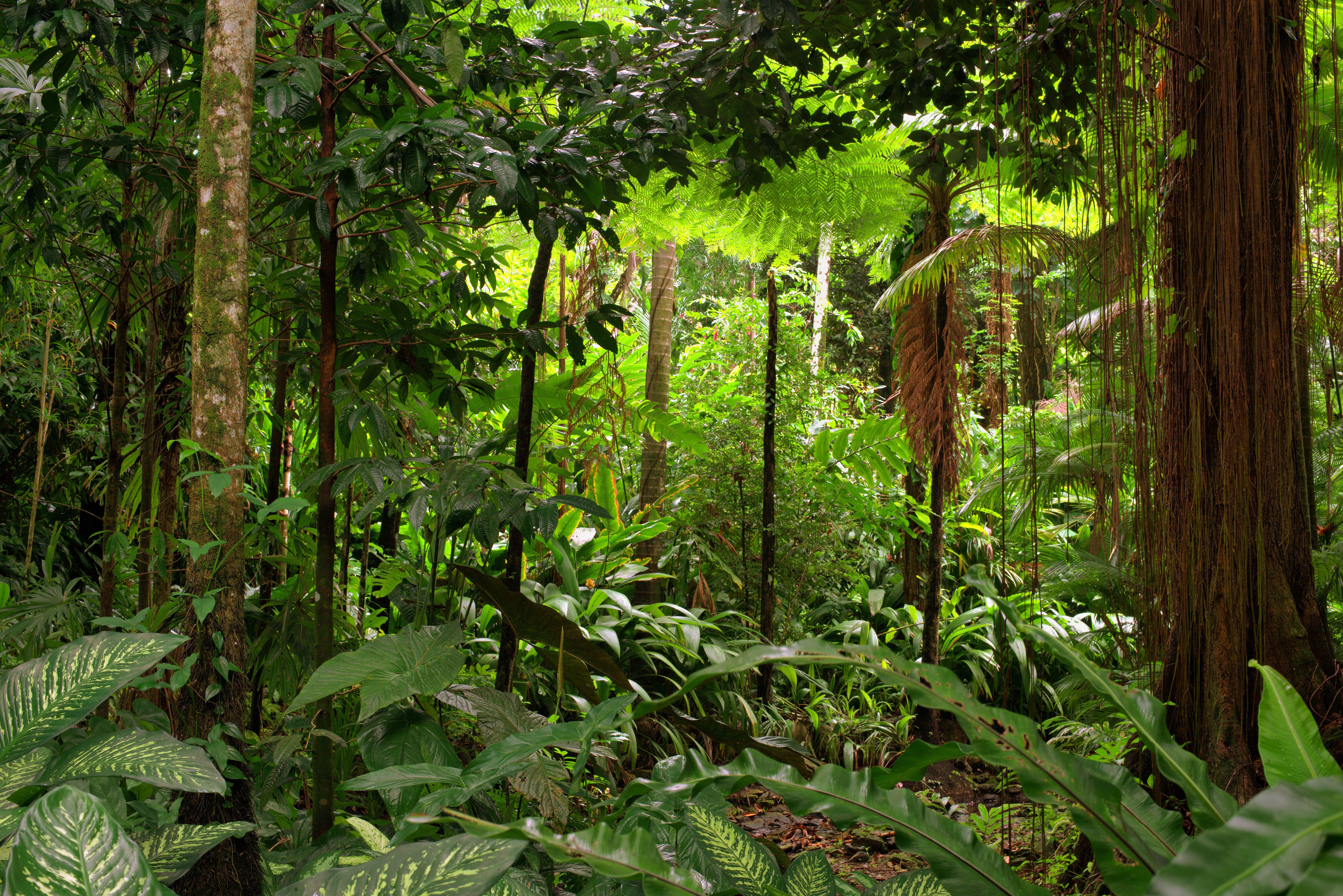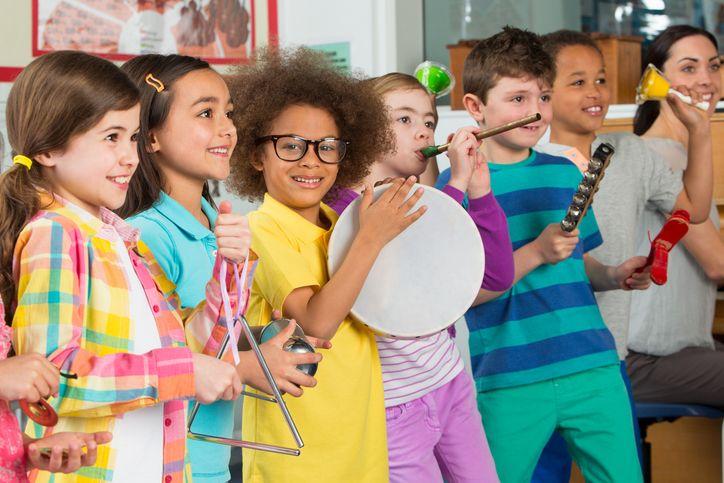Learning objective
- To create musical rhythms using body percussion.
Success criteria
- I know that there are four layers of
This content is for subscribers only. Join for access today.
National curriculum
Music
Pupils should be taught to:
- Play
This content is for subscribers only. Join for access today.
Cross-curricular links
None.
This content is for subscribers only. Join for access today.
Before the lesson
This content is for subscribers only. Join for access today.
Lesson plan
Recap and recall
Arrange the children into pairs and display slide 1 of the Presentation: Clapping music. Play a short clip from it. Ask the children to define the tempo, dynamics, texture and layer of the piece of music and write this down on a whiteboard. Tempo (speed). Dynamics (volume). Texture (different layers). Structure (organisation of the piece).
This content is for subscribers only. Join for access today.
Extended-mode explainer videos
How to extend your display to view the lesson page and preseantion mode simultaneously. Choose your operating system below to watch the video
If you need further support with extending your display,
please contact [email protected].
Extended-mode explainer video: For Mac
Extended-mode explainer video: For Windows
Adaptive teaching
Pupils needing extra support
Could focus only on the forest floor rhythms, which are more straightforward; could join in another group to have more children playing the understorey rhythm.
Pupils working at greater depth
Could create their own understorey rhythms that work with the group’s forest floor rhythms.
This content is for subscribers only. Join for access today.
Assessing progress and understanding
Pupils with secure understanding indicated by: having two contrasting rhythms being played
This content is for subscribers only. Join for access today.
Vocabulary definitions
-
contrast
An obvious difference.
-
higher
Near or at the top of a range of sounds.
This content is for subscribers only. Join for access today.





